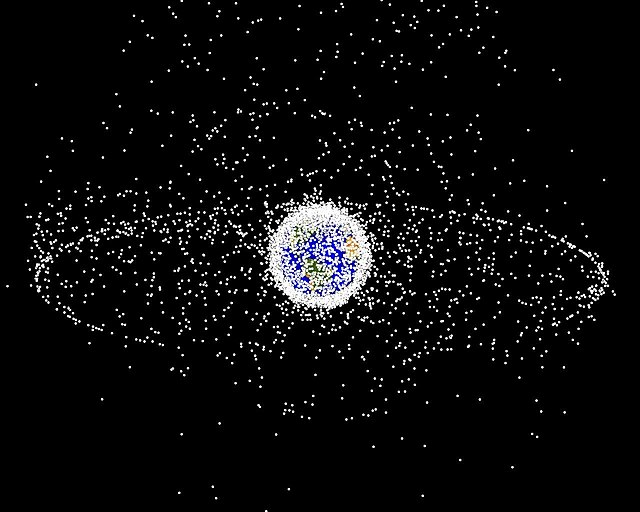Earth’s orbit saturation
If we have to pick one thing to remember from astronomy classes, it’s that the Moon is the Earth’s satellite. At least, the only natural one. Since the launch of Sputnik in 1957, almost 20,000 artificial satellites have been sent into space. According to the United Nations, which provides a database to check the status of satellites launched into space, 11,000 of them continue to orbit our planet. Although this number may seem very high, it could soon become obsolete.
According to the International Telecommunication Union, up to 1 million new artificial satellites could soon be in orbit, considering the number of requests from both government space agencies and private companies. Considering that the current number already causes problems in observing the night sky, as some artificial satellites like BlueWalker 3 or Starlink interfere with scientific tasks, the future does not seem very promising for the celestial vault.
At first glance, putting many satellites into orbit seems to be a simple and safe task because, to avoid collisions between these artificial bodies, they are placed on different orbital trajectories and at different altitudes. Each satellite is assigned an orbit and a safety distance from the others to prevent collisions, although this has happened before. It’s quite reasonable to foresee that this phenomenon will only increase as more satellites are launched into space.
The increase in space debris generated by these impacts -combined with the fact that many satellites continue to orbit even if they no longer function- is another worrying aspect of the scenario that awaits Earth’s orbit if we proceed with the planned number of artificial satellites to be launched.

